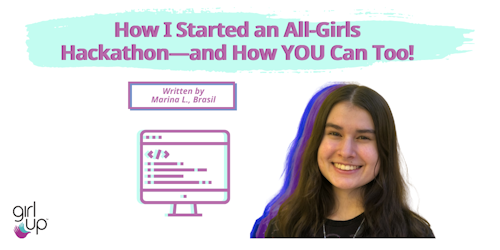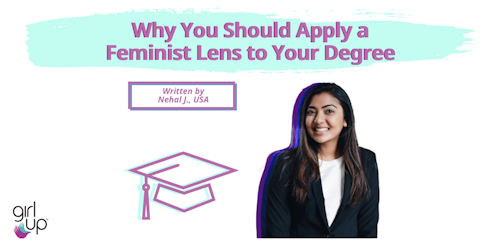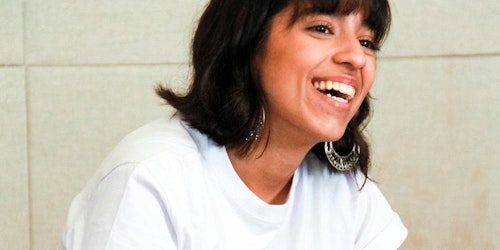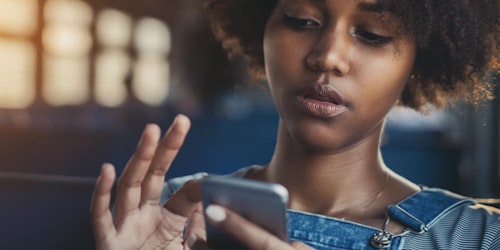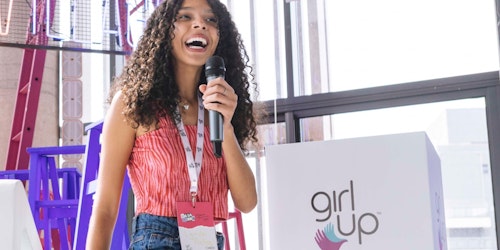The mid-afternoon sun set my skin ablaze as I walked with my mom around our town park. As we were talking, she mentioned one of our family friends having Sickle Cell Disease (SCD) and listed others she knew in Nigeria who had or have SCD as well. Then, the kicker. I was informed that I have the Sickle Cell Trait—and could pass it down. I shuffled around the park for a bit longer, dumbfounded. What was this disease and why did so many people we know have it?
What was this disease and why did so many people we know have it?
After scouring the internet, I learned that SCD refers to genetic blood disorders caused by the contortion of red blood cells (RBCs) into sickle cells. It disproportionately affects those of West African descent, and treatment is widely unavailable to most patients. The treatment that is available to those in the US and UK is limited in options, and they frequently have numerous side effects, suboptimal efficacy, and unknown long-term effects. It has also been found that SCD patients pay $44,000 out of pocket in medical costs over their lifetimes, while insurers pay $1.7 million per patient over their lifetimes. Thus, cost-efficient and accessible treatment options for the disease are urgently needed. However, since SCD does not heavily impact Western populations, medical inequity leaves it largely unaddressed. I decided I needed to be a part of those who champion change in the Sickle Cell field.
Years later, I discovered research programs available at my school and immediately knew I wanted to chemically study SCD. I was accepted into our Research in Chemistry program where I developed a project focusing on naturally-sourced drug design for SCD treatment. The deoxygenation of, or lack of oxygen in, sickle hemoglobin (HbS) is a main pathology of SCD. Hemoglobin is the protein that carries oxygen throughout the blood, so this lack of oxygen causes the protein to change shape. In turn, this causes the red blood cells to change from their normal disc-like shape to the abnormal sickle, crescent shape. I investigated oxygenating HbS to inhibit or reverse the sickling and I found flavonoids, which are natural antioxidants. Antioxidants are compounds found in fruits and vegetables that have numerous benefits. Antioxidants are able to prevent further damage to our cells by neutralizing highly reactive molecules called free radicals. I also found a chemical functional group called aldehydes. Aldehydes have been found to be able to bind to HbS and improve its ability to take in oxygen, reversing its deoxygenation and sickling.

My project focused on combining the two mechanisms by modifying the chemical structures of various flavonoids to have aldehyde groups in order to create a class of resulting compounds that would have increased antioxidant strength and antisickling abilities. To ensure accessibility and reproducibility, I sourced the flavonoids from common fruits grown across Africa, utilizing navel oranges, red grapes, and blackberries. I did this in hopes of putting the source at the market, reducing high costs from importation so that scientists could create the potential treatment domestically. After testing the original and modified compounds, I found that the modification increased the antioxidant capacity of some flavonoids and substantially increased the antisickling activity of all the flavonoids. This means that this modification successfully created stronger antisickling agents and that my work highlighted a potential avenue for SCD treatment!
My year-long research project provided me with success in many more ways than one. It allowed me the opportunity to contribute to an under-researched field that heavily impacts my African/black community as well as the ability to educate myself, my peers, instructors, and family members on the complexities of the disease. My work has granted me the opportunity to participate in numerous research competitions, symposiums, and conferences. I submitted my project and have been blessed enough to be named a 2023 Regeneron Science Talent Search (STS) Finalist: One of 40 students across the country selected as finalists in the nation’s oldest and most prestigious science competition! As someone who had no prior experience with research before this project, these experiences have been incredibly rewarding and validating. This support is extremely important for young scientists, especially those who don’t have the numerous resources others may have. They have solidified my passion for science and shown me that my work has value in the realm of science and that what I care about matters.
My year-long research project…allowed me the opportunity to contribute to an under-researched field that heavily impacts my African/black community.
I had the amazing opportunity to attend STS Finalist Week in Washington D.C. just last March. Over the course of the week, I met and spoke with inspiring people in the science world such as scientists, White House officials, and those that work in science administration. I also spent the week getting to know, learn from, and have fun with my fellow finalists. Finalists Week was a wonderful experience that did so much for me. Talking with so many people that are involved in science in a plethora of ways opened my eyes to the options I have with a future in the field. Hearing everyone’s journeys also allowed me to recognize that my path does not have to be linear, and what is truly important is to follow my curiosity and passion every step of the way. Being with the other finalists was so much fun, as I got to learn about the lives of other students from different places across the country. Our paths varied so much, but we all shared an immense love and passion for our work and science in general.
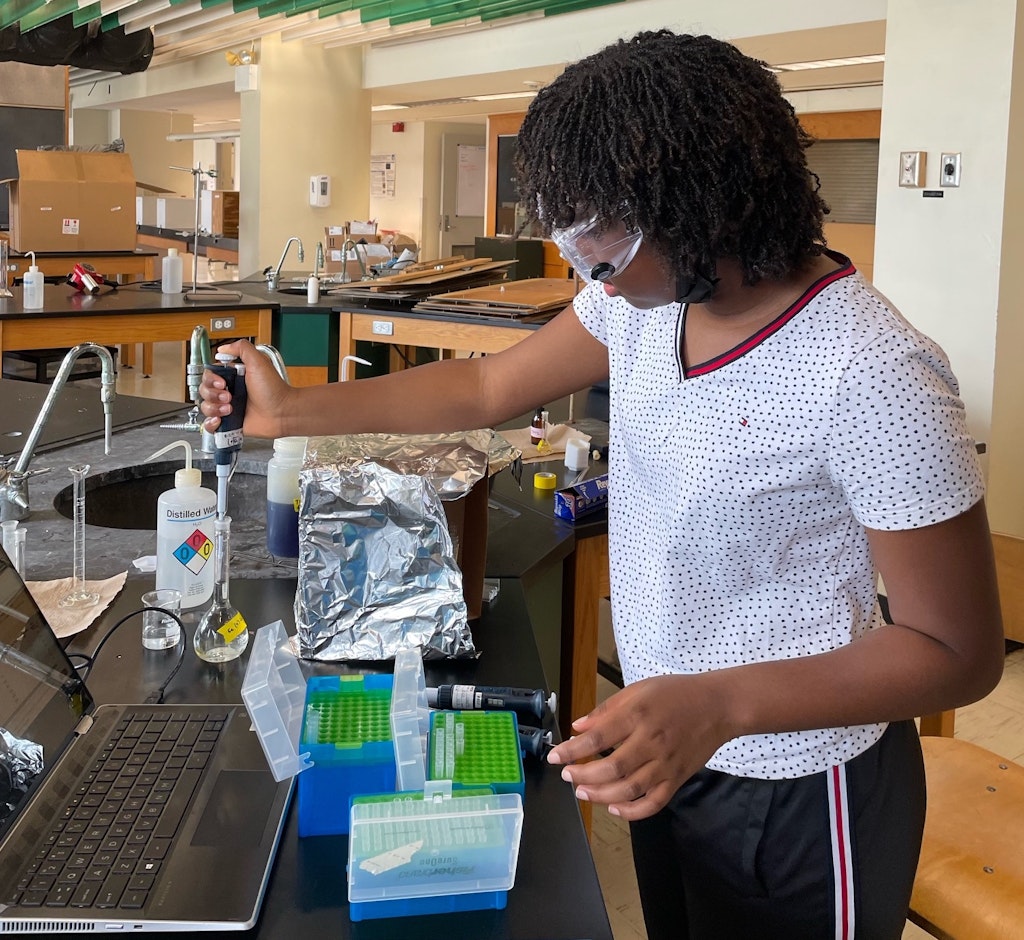
I hope that more and more students are able to conduct research and pursue their curiosities, supported by amazing programs such as the Science Talent Search. Two years ago, I never would have imagined that I would conduct research, let alone that my project would have taken me this far. I am immensely grateful that my mentor took a chance on me and selected me for our research program. I can only hope that others do the same for other students, and recognize our potential. As I continue in my career, I strive to increase diversity and inclusion in the broader fields of research and medicine, calling attention to underrepresented identities and issues. Though it seems like I’ve done a great deal, I’m excited to know that I’m just getting started.
My path does not have to be linear…what is truly important is to follow my curiosity and passion every step of the way.
Kamisi A. is a high school senior in Durham, North Carolina. She is a young researcher, scientist, and future physician aiming to combat medical inequities and uplift minoritized groups through her work. She hopes to pursue her passions for medical accessibility, health education, and diversity in medicine through her career as well. Community-oriented, Kamisi is a leader in Girl Up and runs a chapter at her NC school with her co-presidents, Virginia and Gianna. As a researcher, Kamisi was named a 2023 Regeneron Science Talent Search Finalist for her work on developing Sickle Cell Disease treatment. She hopes to continue with SCD research, particularly in drug design and gene therapy. Kamisi aspires to be the change she wants to see in the medical field, challenging her colleagues to fight for diversity and awareness in practices, supporting disadvantaged populations, and championing the improved health of all.
The views and opinions expressed in this blog are the writer’s own.
